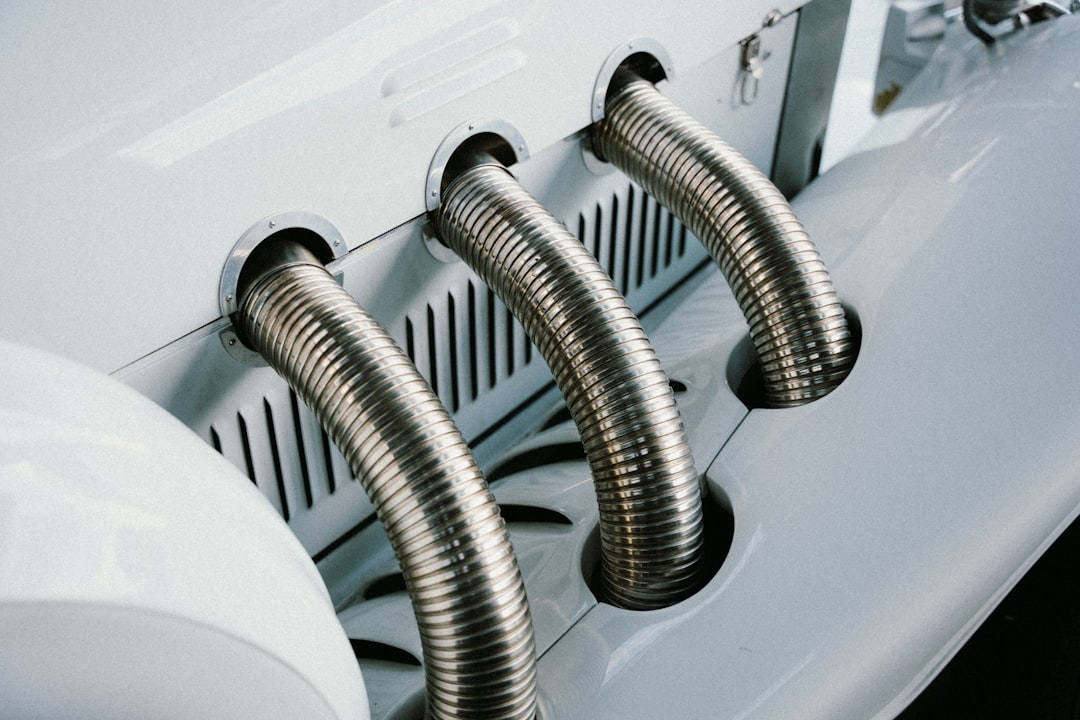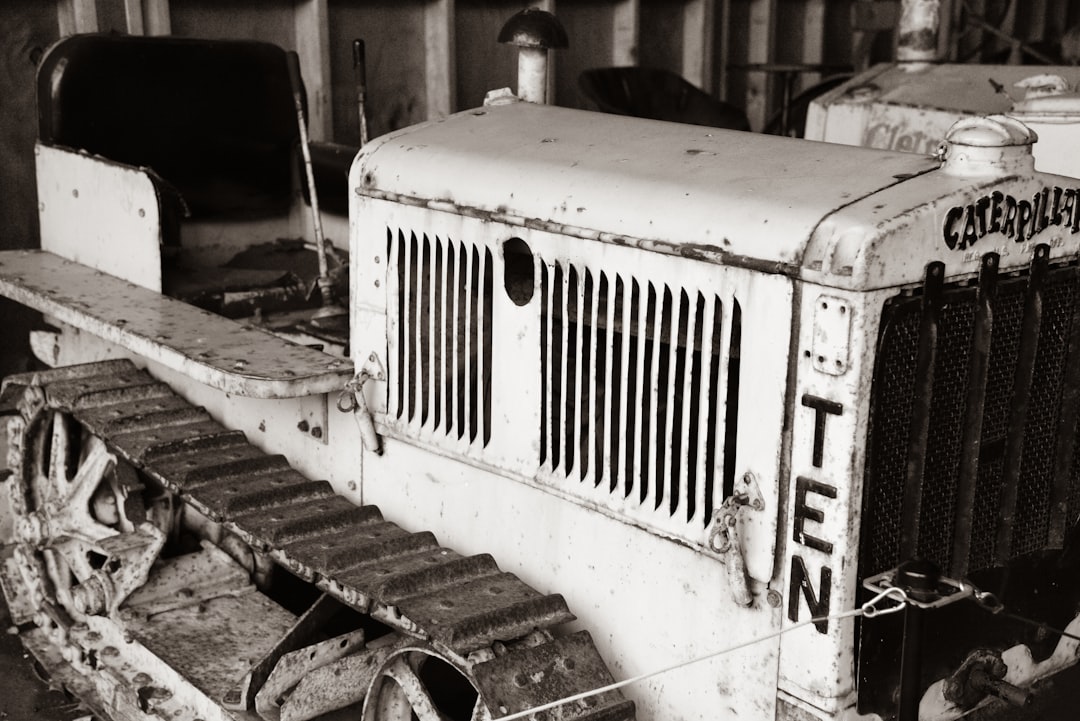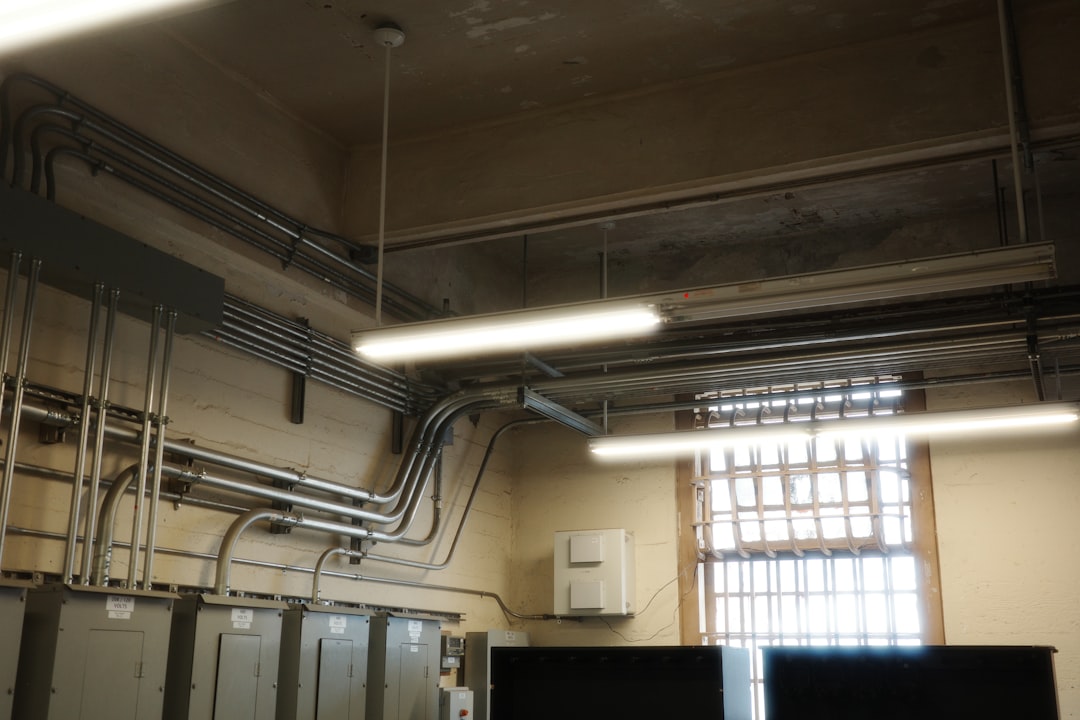

Engage prospects with a scan and streamline customer engagement with FREE QR code marketing tools by Sona – no strings attached!
Create a Free QR CodeFree consultation

No commitment

Engage prospects with a scan and streamline customer engagement with FREE QR code marketing tools by Sona – no strings attached!
Create a Free QR CodeFree consultation

No commitment
In today’s digitally driven world, QR codes have evolved from a novelty to a strategic powerhouse in bridging offline engagement with online action. For heating system repair services, QR codes offer a modern, low-friction way to connect field operations and customer touchpoints directly to digital tools without an app download or complex setup. The result is a faster, cleaner path from interest to action, whether that action is booking a tune-up, pulling up a wiring diagram, or submitting a Google review.
Technicians and office staff typically juggle analog and digital flows. Paper checklists, printed troubleshooting guides, and handwritten maintenance logs still sit alongside booking software, email, and CRMs. This hybrid often creates gaps that slow teams down and obscure what is working. By placing QR codes on equipment, invoices, service vans, and leave-behinds, providers can unify these experiences and eliminate the points of friction that derail productivity and cost revenue.
QR-driven workflows let technicians access service histories and component spec sheets on the spot, while customers can scan to book appointments or access financing offers in a few seconds. A single scan can also trigger data capture and CRM updates, so activity never slips into the shadows. This guide explains how to plan, launch, and scale QR programs that support technicians, streamline customer journeys, and tie offline work to measurable digital outcomes. Throughout, you will find practical recommendations and examples tailored to heating system repair teams, with optional references to Sona QR and Sona.com for orchestration, analytics, and attribution at scale.

Heating system repair teams thrive on speed, accuracy, and clear communication. Persistent issues like missing repair histories, misfiled manuals, or manual entry errors can slow even experienced technicians and frustrate customers. QR codes close these gaps by linking physical assets to digital resources, clearing a path to the right information at the right time.
Start with the most painful breakpoints in your workflow. If technicians cannot find a specific wiring diagram in the truck, assign an on-equipment QR code that resolves directly to a model-specific guide. If customers forget to schedule maintenance after a seasonal tune-up, add a scannable booking code on the invoice and service sticker that opens a prefilled appointment form. Over time, expand to more touchpoints and centralize analytics so that every scan helps you diagnose bottlenecks and optimize operations.
A centralized QR platform like Sona QR makes it feasible to create dynamic codes, update destinations without reprinting, and collect analytics in one place. With that foundation, you can scale QR usage across the business, support technicians consistently, and give customers a faster path to help.
QR codes in marketing stitch these moments together, offering a single scan that moves people from awareness to action and logs that action for follow-up.
They also keep content current. Paper-based manuals and contact cards can become outdated quickly when service numbers change or new standards are adopted. Dynamic QR codes can redirect to updated resources without reprinting, so technicians and customers always interact with the latest information.
QR codes are the connective tissue that translates physical interactions into digital momentum. They are inexpensive to deploy, easy for customers to use, and powerful for teams that want better data and faster outcomes.

Not all QR codes behave the same. The format you choose should match the job at hand, from pulling up a manual to triggering a text to dispatch. Heating system repair services benefit from a predictable toolkit of formats that accelerate the most common technician and customer actions.
Dynamic QR codes are especially useful in this vertical because product lines evolve and campaigns change. With a dynamic code, you can alter the destination without reprinting stickers or flyers. Static codes still have value, especially for evergreen safety content and internal use cases where the destination is not likely to change.
With Sona QR, teams can create, brand, and manage these formats centrally. Tag each code by equipment, location, or campaign, then use the dashboard to review performance and reassign destinations as needs evolve.

Growth comes from meeting customers where they already are. For heating system repair services, that means the equipment room, the invoice they are holding, the seasonal postcard on the fridge, and the passing glance at a service vehicle during a cold morning commute. Well-placed QR codes can turn each of these moments into a measurable, high-intent touchpoint aligned with contractor QR best practices.
When planning placements, think about intent, visibility, and timing. A scannable sticker on the furnace cabinet captures intent when someone notices a strange sound. An invoice code captures intent when the value of quality service is top of mind. A van decal captures intent at the exact moment a homeowner needs a quick way to call for help.
These placements convert passive awareness into direct engagement. Each scan extends your reach and creates a data trail that can be retargeted across channels when the next service need arises.

The most effective QR use cases support the flow of real work. They reduce the time technicians spend searching for information, streamline the handoff between field and office, and give customers quick ways to take the next step. Focus first on the interactions that happen in every job and then layer on campaign-specific codes.
Below are core use cases that improve reliability, speed, and customer satisfaction across residential and light commercial service:
Embedding QR engagement before, during, and after the job closes the loop on high-intent moments. You will capture more data, improve compliance with best practices, and turn routine service into repeat business.
Every scan is a signal. It reveals context, intent, and often the urgency of the need. When you deploy unique QR codes by placement and purpose, you can segment your audience automatically. Those segments then power targeted follow-up across email, SMS, and paid media.
In heating system repair, segment design should mirror your real buyer journeys. A property manager scanning a maintenance sticker needs different messaging than a homeowner scanning a direct mail offer. Someone scanning an emergency code requires immediate contact, not a newsletter. Use these distinctions to personalize follow-ups and improve conversion.
With Sona QR, each code becomes a smart entry point that captures data at the source and pipes it to the systems you already use. Over time, your remarketing becomes more effective because it is informed by real behavior rather than assumptions.
QR codes turn static media into interactive experiences. In heating system repair, where many touchpoints are offline, this creates a connected funnel that follows customers from a refrigerator magnet to a landing page to a scheduled visit. The right integrations also unify your data so you can measure what moves the needle.
Think of QR codes as connectors between places where people encounter your brand and the digital actions you want them to take. A well-placed code on a direct mail card can boost bookings, while a code in a social carousel can drive filter replacement subscriptions. The key is to align each placement with a specific offer and an optimized destination.
A centralized platform like Sona QR lets you manage codes across all channels, monitor performance, and sync scan activity with your CRM and ad platforms. The result is an offline-to-online funnel that is more responsive, more measurable, and easier to optimize.
QR programs succeed when they are intentional. Define your goal, match the QR format to that goal, test it in real conditions, and measure what happens. This checklist shows how to go from idea to deployment in a way that supports technicians and delights customers.
Before you begin, choose a small pilot with clear KPIs. For example, aim to increase tune-up bookings from invoices or reduce diagnostic time for a common boiler model. With a few weeks of data, you can iterate quickly and expand with confidence.
Focus on a high-friction moment that, if improved, creates outsized impact. In heating system repair, common candidates include slower-than-desired repair scheduling, high no-show rates, incomplete service histories, and low review volume after a job.
Pick the format that best supports the action you need. Static codes are helpful for evergreen resources that will not change. Dynamic codes allow you to update content, track scans, and route traffic based on campaign needs.
Your code must be scannable in the real world. Incorporate brand elements, but never at the expense of contrast, size, and clarity. Label the code with a clear CTA that sets expectations.
Roll out to placements that align with your growth plan. In heating system repair, high-impact spots include equipment stickers, invoices, van decals, door hangers, and service desk signage.
Treat scan activity as the start of a data story. Track both the scan and the follow-on action. If the goal is booking, measure conversion rate, time to appointment, and no-show percentage. If the goal is technician support, watch changes in diagnosis and callback rates.
Close the loop by connecting your QR platform to your CRM, help desk, or booking system. Automation can route emergency scans to dispatch, enroll maintenance plan scans into nurture sequences, and alert managers when a code suddenly underperforms.

Measurability turns QR programs from clever to strategic. Knowing that a scan happened is useful, but the real value comes from understanding whether it led to a conversation, a scheduled appointment, or a renewed service plan. The more complete the data, the more confidently you can invest.
Link scans to identities and outcomes wherever possible. Use dynamic codes, UTM parameters, and CRM syncs to marry offline moments to digital profiles. Even when a scan is anonymous, you can still learn from location, timing, and device patterns that reveal what placements and messages perform best.
Sona QR captures real-world engagement. Sona.com turns that engagement into insights, helping you connect scans to revenue and make QR part of a performance-driven service and marketing strategy.
Once your pilot proves value, expand thoughtfully. Apply what you learned about placement, messaging, and timing to new formats and campaigns. Encourage technicians and CSRs to promote the codes, and keep optimizing the destinations for speed and clarity.
Consider your tech stack as you scale. The best QR programs push data where teams can act on it. Integrations and automations will lighten the administrative load and keep the customer journey moving.
When you weave these practices into daily operations, QR codes stop being a tactic and become part of a unified service system. The payoff is a more measurable, resilient, and growth-ready business.
QR codes are transforming heating system repair services by turning every physical surface into a digital entry point and every moment of interest into a moment of action. They reduce friction for customers, cut waste in field operations, and illuminate the customer journey with data. Best of all, they do this without heavy technical lift or app downloads, making adoption fast for teams and simple for homeowners.
The strategic value is threefold. First, you can engage customers instantly at the point of need, from equipment rooms to curbside sightings of your service vans. Second, you can stitch offline interactions into a connected experience that moves from awareness to booking to feedback. Third, you gain actionable data on what is working so you can refine campaigns, train staff more effectively, and prioritize investments.
Heating system repair services that operationalize QR codes unlock measurable gains in technician performance, customer conversion, and marketing efficiency. Start creating QR codes for free at Sona QR. When you are ready to connect scans to pipeline and revenue, Sona.com brings identity resolution, CRM syncs, and multi-touch attribution under one roof.
QR codes have revolutionized heating system repair services by transforming traditional maintenance and troubleshooting into seamless, data-driven interactions. They empower technicians to access real-time equipment histories, instructional videos, and service records instantly, improving repair accuracy and speed. Beyond enhancing technician efficiency, QR codes also elevate customer experiences by providing transparent service updates and easy access to support resources, fostering trust and loyalty.
Imagine technicians arriving on-site fully prepared, armed with comprehensive diagnostics at their fingertips, while customers stay informed throughout the repair process — reducing downtime and boosting satisfaction. With Sona QR, you can effortlessly create dynamic, trackable QR codes that update instantly without reprinting, linking every scan to actionable insights and operational revenue. This means smarter workflows, faster repairs, and measurable business growth.
Start for free with Sona QR today and turn every scan into a smarter service call, a happier customer, and a stronger bottom line.
You can find reliable heating system repair services by scanning QR codes on service vans, equipment stickers, or invoices that link directly to booking pages and contact information.
Common issues include missing repair histories, misfiled manuals, manual entry errors, slow diagnosis times, and the need for emergency repairs or maintenance scheduling.
Signs include strange sounds from the furnace, reduced heating efficiency, or scheduled maintenance reminders indicated on equipment stickers or invoices.
The article does not specify exact costs for heating system repairs.
QR codes reduce friction for customers, provide instant access to technical resources for technicians, enable quick booking and feedback, keep content updated, and offer measurable data for improving service and marketing.
QR codes placed on invoices, service stickers, or reminders link to prefilled booking forms that allow customers to schedule maintenance appointments quickly and reduce no-shows.
Best practices include placing QR codes where action happens with clear calls to action, using dynamic codes for updatable content, tagging codes by placement and intent, testing scannability in real conditions, and integrating scan data with CRM and ad platforms.
QR codes streamline workflows by linking physical assets to digital resources, reducing manual data entry, enabling access to repair histories and manuals on the spot, and automating follow-ups and data capture.
Yes, QR codes placed on equipment can link to model-specific service histories, allowing technicians and customers to access and update maintenance records instantly.
Use Sona QR's trackable codes to improve customer acquisition and engagement today.
Create Your FREE Trackable QR Code in SecondsJoin results-focused teams combining Sona Platform automation with advanced Google Ads strategies to scale lead generation

Connect your existing CRM

Free Account Enrichment

No setup fees
No commitment required

Free consultation

Get a custom Google Ads roadmap for your business






Launch campaigns that generate qualified leads in 30 days or less.
